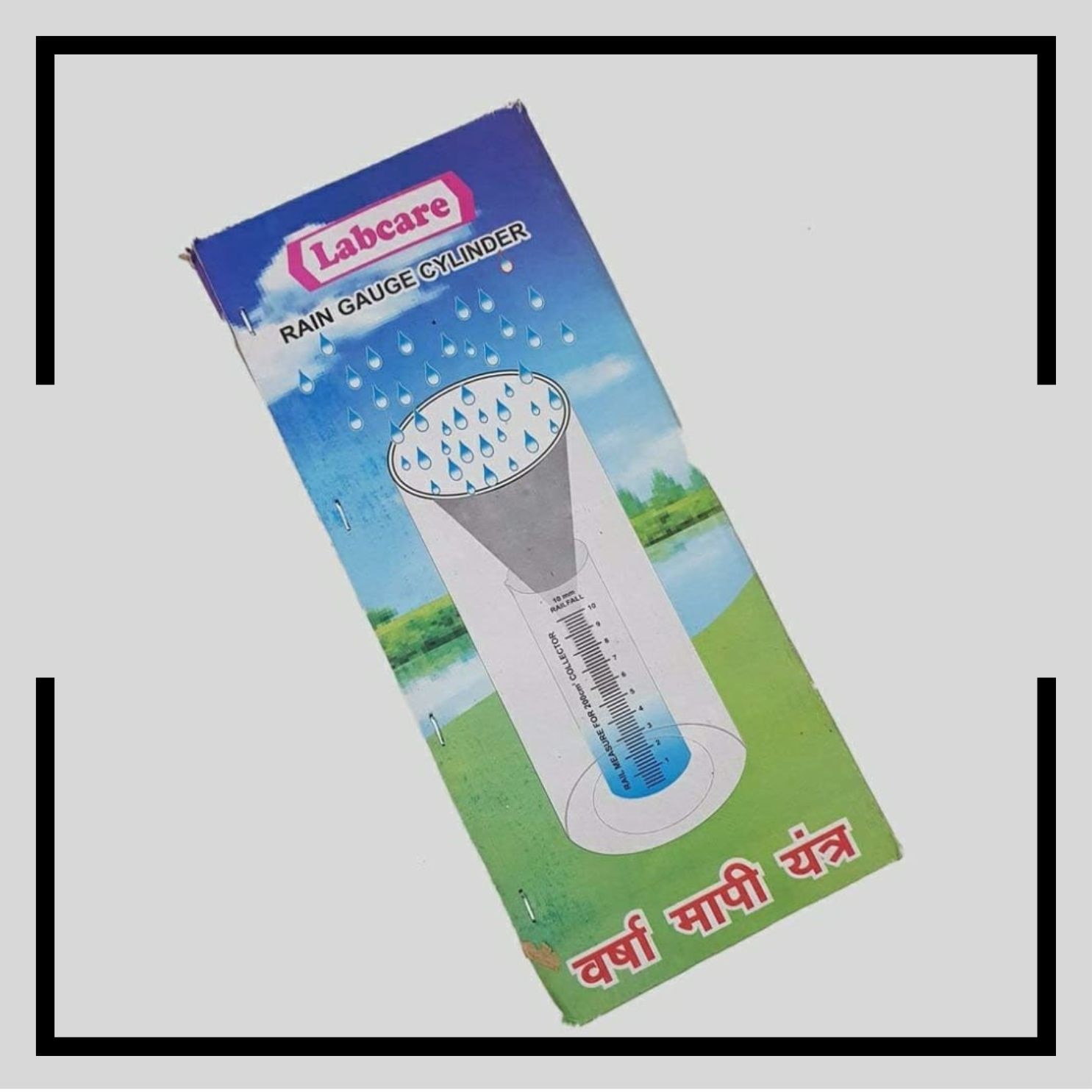A rain gauge cylinder, also known as a rain measuring cylinder or rain gauge tube, is a cylindrical container used to collect and measure the amount of rainfall in a given area. It is one of the most common and simple devices used for measuring rainfall. The rain gauge cylinder typically consists of a transparent or semi-transparent cylindrical tube made of glass or plastic. The cylinder has a narrow opening at the top to collect rainwater and a scale marked along its side to indicate the amount of rainfall in units such as millimeters or inches. To use a rain gauge cylinder, you need to place it in an open area away from obstructions like trees or buildings, preferably at ground level. The cylinder should be positioned vertically to allow rainwater to flow into it. As rainfall occurs, the water enters the cylinder and fills it up. The scale marked on the side of the cylinder allows you to read and record the amount of rainfall collected. After each rainfall event, you should empty the rain gauge cylinder and note the recorded rainfall measurement. This practice ensures accurate measurements for subsequent rainfall events. Rain gauge cylinders are often used in meteorological stations, research institutions, and even by individuals who have an interest in monitoring local weather conditions or precipitation levels. It's worth noting that there are different types of rain gauges available, including more sophisticated electronic versions that can automatically record rainfall data. However, the basic principle of measuring rainfall using a cylinder remains the same.


